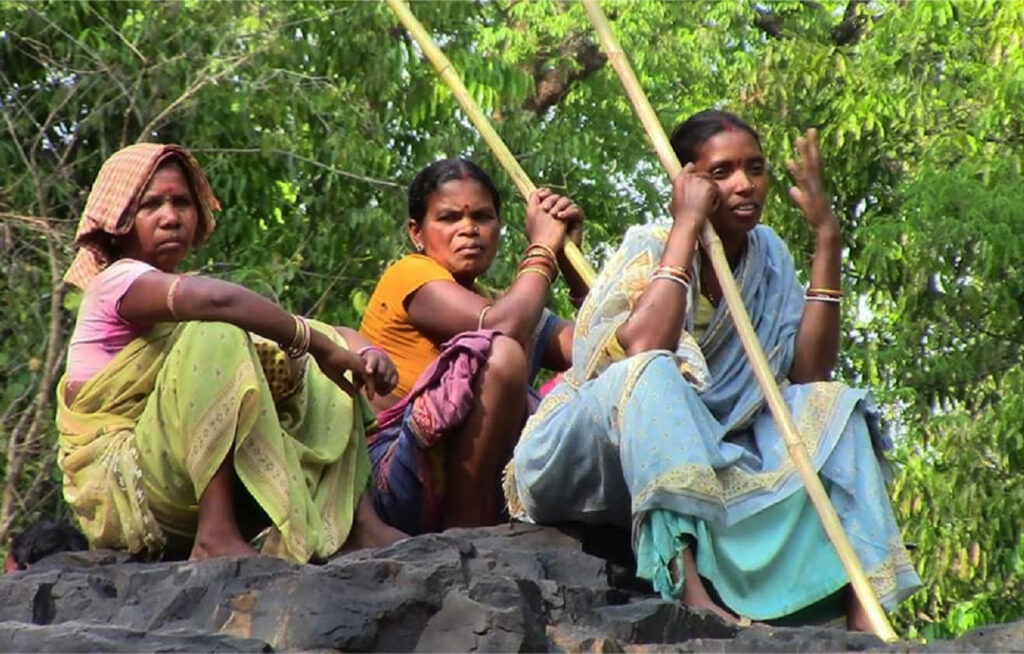- The acts looks to right the wrongs of government policies in both colonial and independent India toward forest-dwelling communities, whose claims over their resources were taken away during 1850s.
- The act also has potential of sustainably protecting forest through traditional ways along with providing tribes means of livelihood.
- It expands the mandate of the Fifth and the Sixth Schedules of the Constitution that protect the claims of indigenous communities over tracts of land or forests they inhabit.
- For the first time Forest Rights Act recognises and secures the following rights
- Community Rights or rights over common property resources of the communities in addition to their individual rights
- Rights in and over disputed land Rights of settlement and conversion of all forest villages, old habitation, un-surveyed villages and other villages in forests into revenue villages
- Right to protect, regenerate or conserve or manage any community forest resource which the communities have been traditionally protecting and conserving for sustainable use.
- Right to intellectual property and traditional knowledge related to biodiversity and cultural diversity
- Rights of displaced communities
- Rights over developmental activities
Rights Recognised under FRA
The FRA recognized the following four types of rights of the STs and other Traditional Forest Dwellers.
Land Rights: A claimant gets rights to any land occupied by him prior to 15 December 2005. Those who occupy land without having documents can claim up to 4.00 hectares, so long they are occupying the land for livelihood. Those who have patta or government lease but whose land is legally taken by the forest department or whose land is subject to a dispute between the forest and revenue departments, can claim those land. The land recognized under FRA cannot be sold or transferred except by inheritance.
Use of Resources Rights: FRA provides for rights to be given to collect and use minor forest produce (kendu leaf, herbs, medicinal plants, arise but excluding timber). Besides community rights of uses or entitlements like for fish and other products of water bodies, grazing and traditional seasonal resources access of nomadic or pastoralist communities.
Rights to development facilities: The Act is mandated to provide for diversion of forest land for the following facilities managed by the Government which involve felling of trees not exceeding seventy five trees per hectare namely- (a) Schools;(b) Dispensary or hospital;(c) Anganwadis; (d) Fair price shops; (e) Electric and telecommunication lines;(f) Tanks and other minor water bodies;(g) Drinking water supply and water pipelines;(h) Water or rain water harvesting structures; (i) Minor irrigation canals;(j) Non-conventional source of energy;(k) Skill up gradation or vocational training centres;(l) Roads and; (m)Community Centers;

